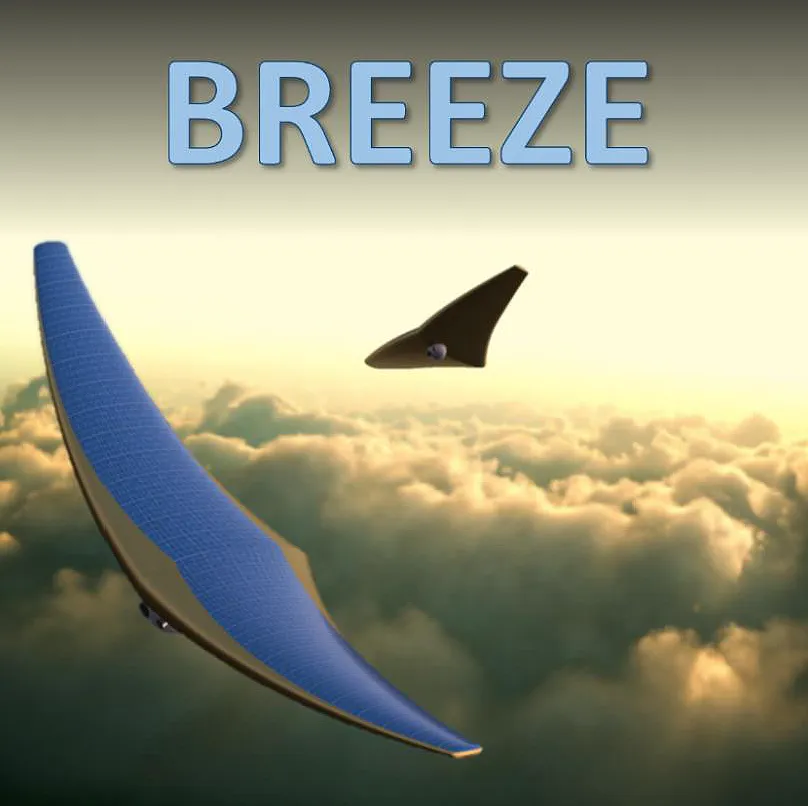NASA has announced the 18 projects awarded funding in its NASA Innovative Advanced Concepts (NIAC) programme.
The projects, allocated up to $500,000 each, are exploring visionary technologies that could revolutionise space exploration.
The awards, which are chosen annually, are split into Phase I and Phase II projects.
Read more:
- Everything you need to know about SpaceX's Crew Dragon
- After the International Space Station, what comes next?
Phase I projects, which receive $125,000, aim to prove that an idea is feasible, while Phase II projects receive up to $500,000 to fully develop a design.
Jim Reuter, acting associate administrator of NASA’s Space Technology Mission Directorate said: “Our NIAC program nurtures visionary ideas that could transform future NASA missions by investing in revolutionary technologies.”
This could mean that the funded technologies could help with NASA’s plan to land astronauts on the south pole of the Moon in five years.

Among the projects shortlisted are the Bioinspired Ray for Extreme Environments and Zonal Exploration (BREEZE). Led by Javid Bayandor at the State University of New York, this Phase I project aims to explore the atmosphere of Venus using an inflatable airship shaped like a stingray. The solar-powered design is an efficient flier which would glide on air currents to circle the planet. Tension cables allow BREEZE to flap like a stingray, drawing on inspiration from nature to give it a high level of control over its motion. The tension cables can also increase or decrease the volume of inflatable airship, allowing it to change its buoyancy and raise or lower itself to explore the atmosphere.
Another Phase I design is SmartSuit, a new design of space suit to be worn by astronauts while exploring the surface of other planets, in particular Mars. The SmartSuit has a soft and stretchy membrane embedded with sensors, which can study the wearer’s surroundings and display the data visually. SmartSuit’s soft skin is not only designed to be comfortable and reduce injuries from ill-fitting equipment, but also to heal itself when damaged. The project is led by Ana Diaz Artiles at Texas A&M Engineering Experiment Station.
The Phase II projects include Diffractive Lightsails, led by Grover Swartzlander at Rochester Institute of Technology. Solar sails draw power from sunlight to propel spaceships. Unlike regular solar power, they don’t generate electricity but instead draw momentum directly from the light that hits it by changing its direction. Previous designs of solar sails have a reflective surface, but they require extra rigging to control, which makes the spaceship heavy. Swartzlander’s design redirects the light using the process of diffraction, which doesn’t require the extra rigging, meaning the ship can be much lighter and accelerate faster.
Tom Ditto, of 3DeWitt LLC, received Phase II funding for the project The High Étendue Multiple Object Spectrographic Telescope (THE MOST), a flexible space telescope which can be launched into space rolled up. This design could allow telescopes to be much larger than existing space telescopes, looking much deeper into space.
Follow Science Focus onTwitter,Facebook, Instagramand Flipboard